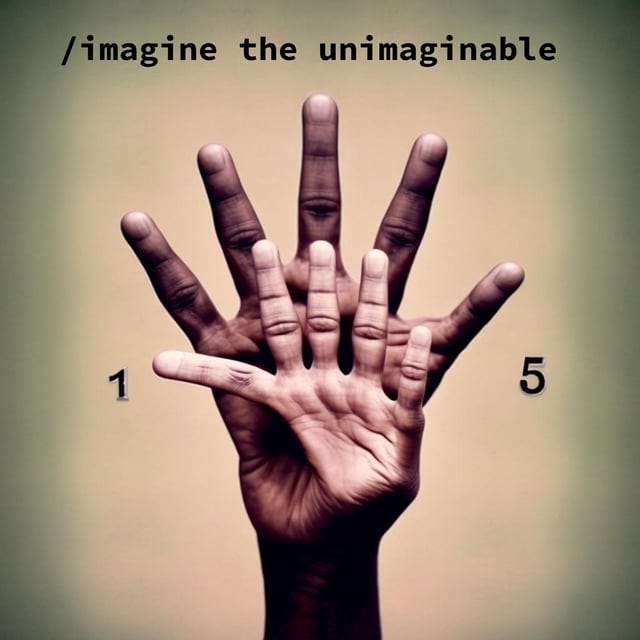In today’s email:
Microsoft announces more AI goodies.
Hubspot teases their new AI tools.
Two free tools and exactly zero gifs because it’s late.
😎 3 Cool Things
[Free tool]Translate landing pages with corporate jargon used on websites.
[Free tool] Create stock photos of people that don’t exist with a few clicks.
More Midjourney images of fake Goosebump cover art.
🤓 2 Big Stories About AI
1. Microsoft’s AI Assistant for marketers, customer reps, and work apps.
Not only are they crushing the AI race with their investment in OpenAI, but Microsoft is just killing it with the release of their own AI apps lately. They just announced an AI ‘copilot’, which will help answer customer calls, summarize sales meetings, and generate marketing pitches.
The 🥩 of it:
Microsoft has introduced an AI assistant, Dynamics 365 Copilot, for its corporate applications market.
The software uses technology from OpenAI to handle tasks such as sales, marketing, and customer service. It also helps marketers create customer categories to target, and write product listings for e-commerce brands.
The new capabilities are being tested by early customers, including Italian aperitif maker Campari.
Compari is using the tools to create targeted campaigns for events around their Negroni cocktail.
Microsoft also plans to release a set of AI announcements related to “workplace productivity” on 16 March, which usually means Office software.
The strategy follows Microsoft’s investment in OpenAI and use of GitHub Copilot last year.
CEO Satya Nadella aims to use AI to break down silos between formerly separate programs and create one AI copilot for business applications.
2. HubSpot releases two AI tools: ChatSpot, and Content Assistant.
The new tools are intended to help marketing and sales teams with a more personalized process. HubSpot says their chatbot differs from ChatGPT, and it also integrates with data from HubSpot CRM and other inter-organizational data sources.
The 🥩 of it:
Content Assistant is aimed at helping marketing and sales teams to quickly produce and distribute various content types, including blog posts, content for landing pages, website pages, sales and marketing emails, as well as “knowledge-based articles” and marketing emails.
And what makes ChatSpot different from ChatGPT, according to Hubspot CEO Darmesh Shah, is that in addition to the vast stores of information provided by ChatGPT, HubSpot’s chatbot also draws response data from the HubSpot CRM and inter-organizational data sources. It also incorporates a variety of data from other programs and tech including DALL•E 2, Stable Diffusion, Google Workspace and keyword research — in order to provide results more specific to a company’s needs.
ChatSpot is designed to provide a personalized experience for each user, enabling them to customize their communication preferences and optimize their workflow. Since Hubspot CRM contains all the analytics data around web visits, conversions, leads and customers within the CRM, users can request a monthly summary of web visits for the last year and even create a bar chart from the data. And with a query — “create a report of companies added in Q4, grouped by country” — the CRM is capable of coming up with a complete list on its own.
With the additional power of ChatGPT, the report can be updated with information found outside the CRM. For example, the user can ask to only include countries in South America, or to include each country’s population. While the CRM doesn't know the population of all these countries — or which are actually in South America — ChatGPT will. And while ChatGPT may not have access to internal organizational data, ChatSpot.ai does.
🤣 1 LOL
I dream of an AI generator that understands hands.


